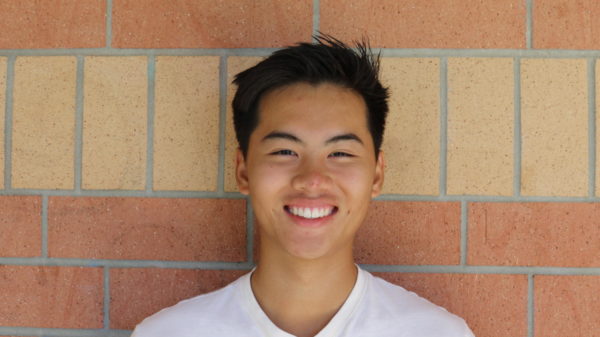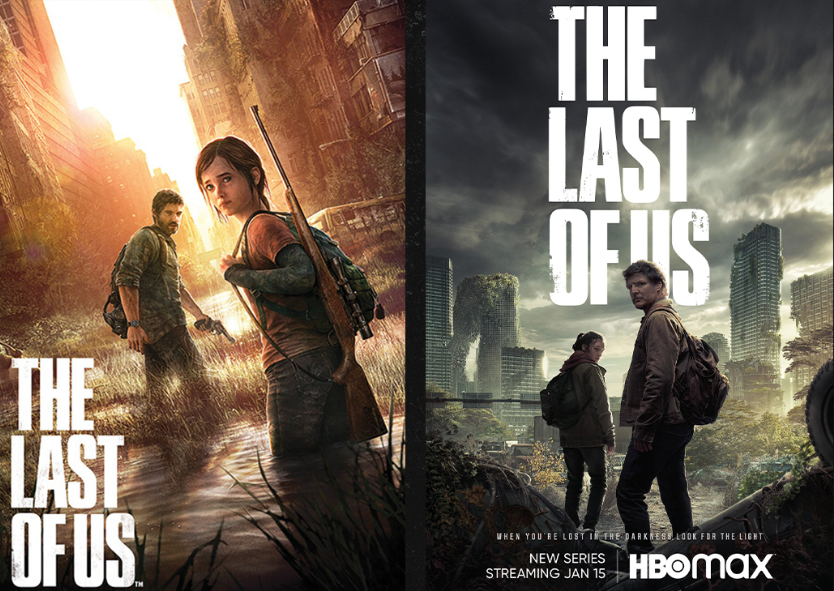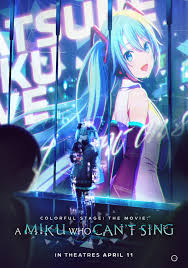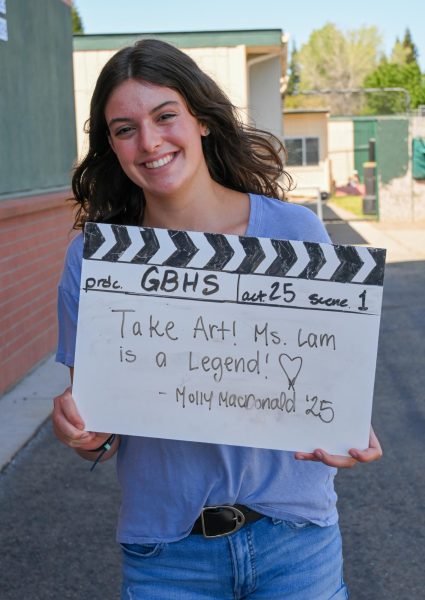HBO’s “The Last of Us” does videogame adaptations right
HBO’s “The Last of Us” manages to soar above the typical pitfalls of videogame adaptations.
A comparison of the original game cover of The Last of Us (left) and a poster from the show’s TV adaptation (right).
The 2013 video game “The Last of Us” has been turned into a TV show by HBO, and as of its fifth episode’s release, the show has struck a brilliant balance between preserving the game’s story and adding new ideas.
“The Last of Us” takes place in post-apocalyptic America, 20 years after an unforeseen fungal outbreak spreads across the world, infecting billions of people.The few survivors are forced to live in a harsh, desecrated world, evading death from both infected humans and other people.
The story follows Joel, a man who lost his daughter at the beginning of the outbreak, and his journey with Ellie, a strange girl he is quested to take across the country. But one twist puts humongous pressure on Joel to succeed: Ellie is the only person in the world known to be immune to the fungal infection.
Pedro Pascal’s portrayal as Joel, though somewhat different from the original motion captured performance of Troy Baker, is extremely well done. Baker’s Joel carries a more aggressive tone, one that emits a constant inner rage, and is extremely dangerous from years of survival. Meanwhile, Pascal’s Joel is more cautious and speaks with almost a whisper in every sentence. While Troy’s portrayal feels filled with inner rage, Pascal’s feels filled with concern and trauma, while still maintaining an extremely dangerous aura. Pascal already happens to look remarkably similar to Joel in the game, only adding to his breathtaking performance of a broken man.
Bella Ramsey as Ellie is another impressive aspect of the show. Though Ashley Johnson’s original motion-captured performance as Ellie is not as well preserved as Joel’s, Ramsey does a fantastic job at playing the snarky, mischievous character.
Unlike Joel, whose 30th birthday was on “Outbreak Day”, the day which the cordyceps infection spread across the world, Ellie was born into the apocalypse-ridden world. With no idea what the world was like before the cordyceps infection, she has been forced to grow up being able to survive, fight and even kill. In this, Ramsey has an incredibly convincing performance. Though Ramsey doesn’t resemble the original character or have a voice similar to the extremely recognizable voice of Johnson, her performance makes up for that which might have been lost.
The near-perfect casting doesn’t end with Joel and Ellie. Nearly every actor in the adaptation is remarkably similar in both character and appearance to the original – from Joel’s long-time friend, Tess, to the brothers Sam and Henry, who Joel & Ellie meet on their journey.
There are aspects of the story which have been altered from the original, from little details like a new character, Lee, acting as a minor villain in the first episode, to an entire episode being dedicated to a side story which never occurred in the game. One particular instance is the third episode, titled “Long Long Time.” The episode strays from the story of Joel and Ellie, and instead follows the story of characters Bill and Frank, a couple who found each other in the most unexpected circumstances. In the show, the two meet each other and fall in love, despite their differences.
Though the change is rather huge, it is executed so well that it doesn’t change the feel of the original game and actually immerses the watcher further into the story. It is also understandable that the story is altered, because in the game, the section in which the player meets Bill is very tedious and repetitive. To leave it out of the show was necessary, and to fill it in with a story that makes the original game even better was genius. This trend continues with the rest of the show – some scenes were removed to be replaced with another scene which fits into the story and makes complete sense, whether or not the watcher has seen the original scene in the game. And most importantly, no crucial scenes were left out of the show.
The writing and acting is one aspect of the show – visual & audio effects are a whole other level. The practical effects team and visual effects team have completely outdone themselves. Nearly every single scene which the story takes place in is astonishingly captivating. Foliage, buildings, roads, vehicles and almost everything in the environment is realistic and immersive.
Even scenery that’s animated into the show with CGI looks as if it were right in front of you in real life. In particular, the appearance of the infected is picture-perfect as to how they appear in the game. The HBO VFX team on the show have done no less than a perfect job in making their show’s scenes look completely unique and authentic.
Overall, HBO’s TV adaptation of the 2013 game “The Last of Us”, is a quintessential example of how video games should be turned into other forms of media. Though changes have been made and it could be argued that the show can’t beat the game’s experience, nearly every aspect of the show embodies the feel of the original game and well-preserves the original story. As of the fifth episode, I rate this show a 10/10.

Ryan is a senior and Entertainment Editor. This is his third year on the Gazette staff.









